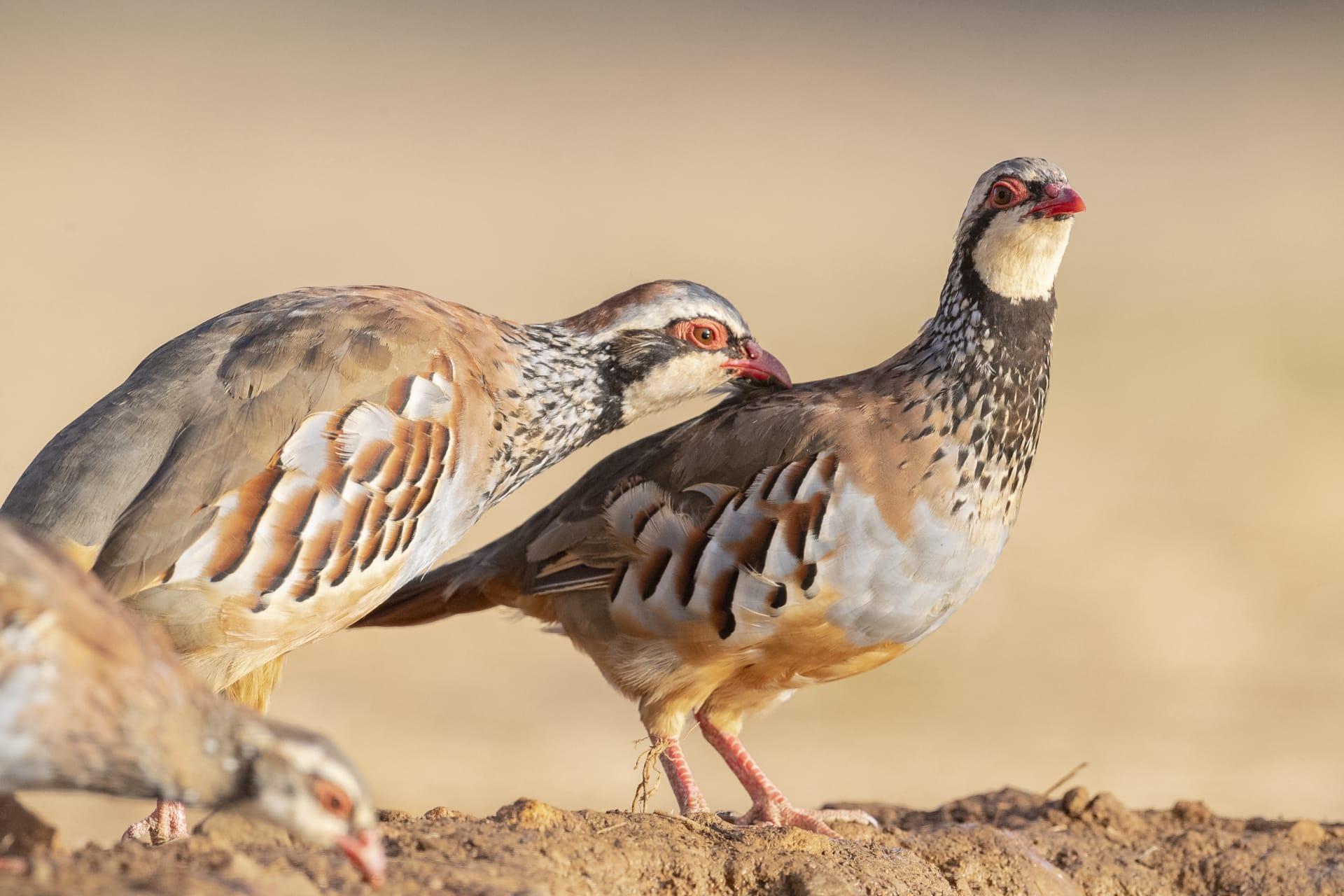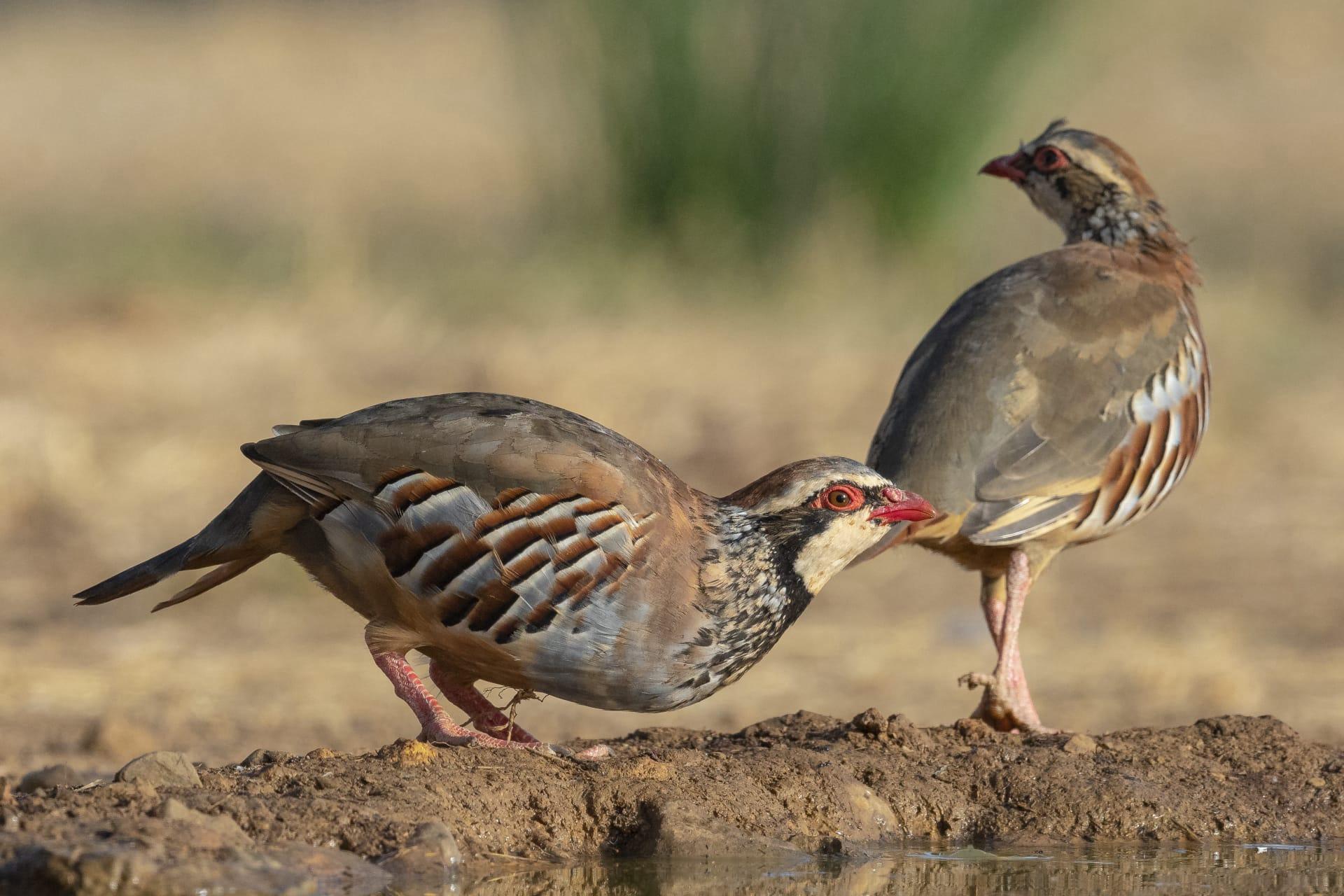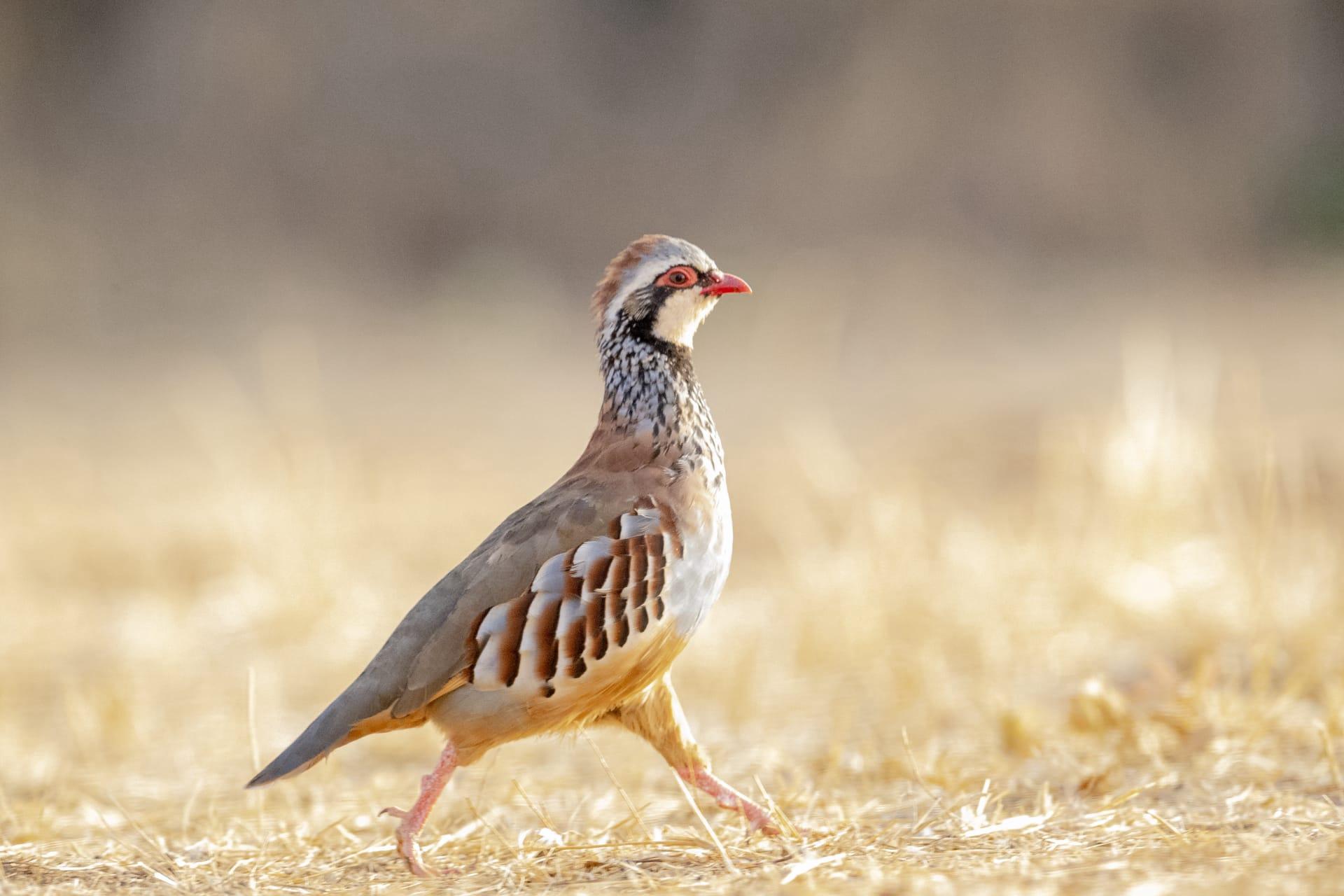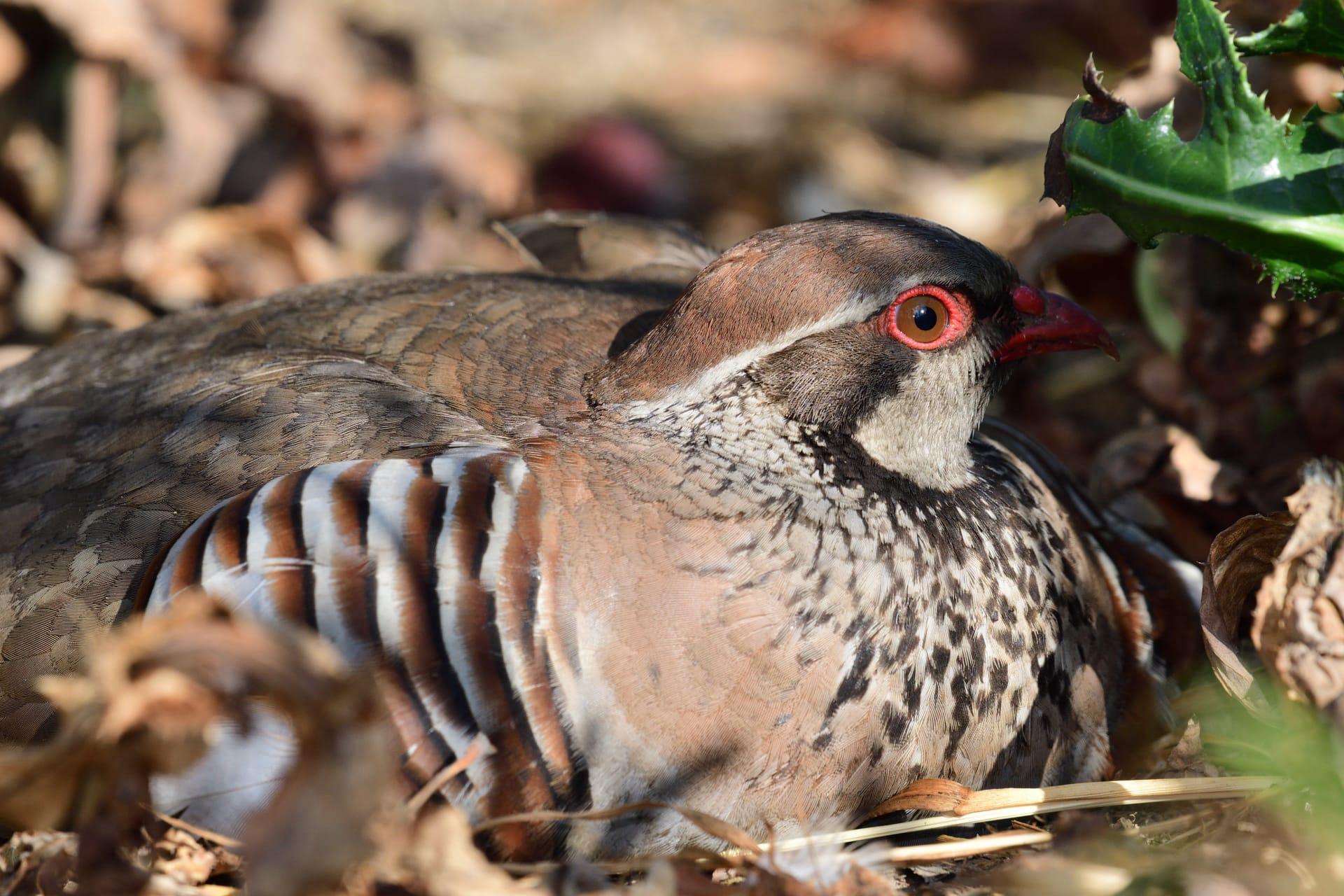Partridge Trivia
- Home /
- Trivia Question /
- Animal /
- Partridge Trivia
1
Question: What differentiates a partridge from other similar birds?
Answer: Partridges are ground-dwelling game birds, smaller than pheasants but larger than quails. They're characterized by their rounded bodies, short tails, and strong legs. A unique feature is their plumage, which often blends perfectly with their habitat, providing excellent camouflage. An adult partridge typically measures about 12-13 inches in length and weighs around 450-550 grams.
Question: How do partridges adapt to their environment?
Answer: Partridges are masters of adaptation. They primarily inhabit grasslands, farmlands, and scrub areas. Their diet consists mainly of seeds, leaves, and small insects. During winter, partridges often form large groups, known as coveys, for warmth and protection. Their muted brown and grey feathers blend seamlessly with the winter landscape, making them nearly invisible to predators.

2
Question: Is it true that partridges are unable to fly?
Answer: This is a common misconception. Partridges can indeed fly, but they are primarily ground-dwellers. They have short, rounded wings that are more suited for quick, explosive flights rather than long distances. Typically, they fly only when startled or to evade predators, preferring to run or walk for regular movement.
Question: Do partridges sing as other birds do?
Answer: Partridges aren't known for melodious singing like songbirds, but they do have a range of vocalizations. They use a series of chirps, clucks, and squawks to communicate. During mating season, males emit a loud, repetitive call to attract females and establish territory. These sounds are crucial for social interaction and survival in the wild.

3
Question: How do partridges care for their young?
Answer: Partridge parenting is quite fascinating. After laying a clutch of around 10-20 eggs, the female incubates them for about 23-25 days. Once hatched, chicks are precocial, meaning they're well-developed and can leave the nest within hours. Both parents, especially the male, are actively involved in guiding and protecting the chicks from predators.
Question: What is the typical lifespan of a partridge?
Answer: In the wild, partridges usually live for about 3 to 5 years. Their lifespan is influenced by various factors such as predation, habitat loss, and disease. Partridges raised in captivity, however, can live longer due to controlled environments and absence of natural predators.

4
Question: Can partridges be domesticated?
Answer: While partridges can be raised in captivity, they aren't typically domesticated like chickens or ducks. They require specific habitat conditions and diets that are hard to replicate in a domestic setting. Breeding partridges is common for hunting reserves and conservation projects, where efforts are made to mimic their natural environment.
Question: Are partridges migratory birds?
Answer: Partridges are generally sedentary birds, meaning they don't migrate seasonally. They tend to stay within a limited range throughout the year. However, in some regions, partridges may move short distances to find food or more suitable habitats during extreme weather conditions.

5
Question: What are the main threats to partridge populations?
Answer: The primary threats to partridges include habitat loss, intensive farming practices, and hunting. Changes in land use, such as the removal of hedges and increased use of pesticides, have a significant impact on their natural habitats and food sources. Conservation efforts focus on habitat management and legal regulations to ensure sustainable populations.
Question: Do partridges play any specific role in their ecosystem?
Answer: Absolutely! Partridges contribute to their ecosystems by aiding in seed dispersal and controlling insect populations. They are also a key prey species for predators like foxes and birds of prey. This makes them an integral part of the food chain, helping to maintain ecological balance.